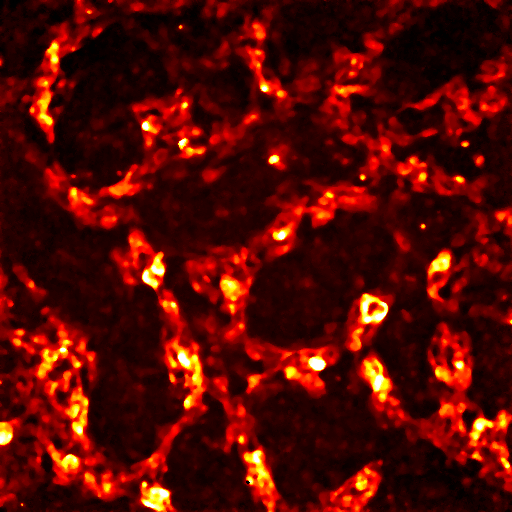Illustration (click to hide):

Project Description
The aim of the project is to study the contractile and electrophysiologic characteristics of cardiomyocytes derived from human induced pluripotent stem cells after exposure to physiological stress and toxic substances. Pluripotent Stem Cells (iPSC) can be derived from various human cell types (ie fibroblasts or blood cells). CD34+ cells are isolated from blood by magnet selection and then dedifferentiated to pluripotent stem cells according to established methods (1) PSC Cardiomyocyte Differentiation Kit # A2921201 (Thermo Fisher Scientific) is then used to differentiate the iPSCs into cardiomyocytes and further select differentiated cardiomyocytes based on a starvation protocol (2,3, 4). The confluent and simultaneously contracting cardiomyocytes expressing troponin T are filmed with Widefield Fluorescence ,TI Microscope , Andor Zyla VSC-05931 ,Plan Apo 10x ). Cardiomyocyte function is assessed by detection of fluorescent fluctuations corresponding to electrical voltage (FluoVolt) and calcium transients (Fluo4) surrogate measures of cardiomyocyte action potential (FluoVolt) and contractility (Fluo4). This allows studies of cardiomyocyte function assessment after exposure to ie physiological stress (hypoxia, starvation) and pharmacological stress (isoprenaline, toxic substances). In cooperation with LCI a method for automatized fluorescence threshold identification, based on the theoretical framework published by (5) allows comparing depolarization and contractive patterns and thus detecting even small changes.
Project Information
-
BIIF Principal Investigators
- Gisele Miranda
External Authors
Agneta Månsson Broberg (PI), Eva Wärdell -
Date
2020-03-12 🠚 Current